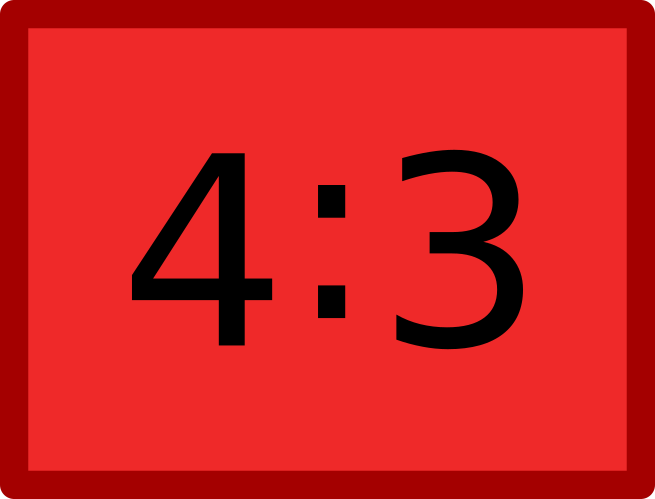
Main Difference
The main difference between Ratio and Percentage is that the Ratio is a relationship between two numbers of the same kind and Percentage is a Number or ratio as a fraction of 100
-
Ratio
In mathematics, a ratio is a relationship between two numbers indicating how many times the first number contains the second. For example, if a bowl of fruit contains eight oranges and six lemons, then the ratio of oranges to lemons is eight to six (that is, 8:6, which is equivalent to the ratio 4:3). Similarly, the ratio of lemons to oranges is 6:8 (or 3:4) and the ratio of oranges to the total amount of fruit is 8:14 (or 4:7).
The numbers in a ratio may be quantities of any kind, such as counts of persons or objects, or such as measurements of lengths, weights, time, etc. In most contexts both numbers are restricted to be positive.
A ratio may be specified either by giving both constituting numbers, written as “a to b” or “a:b”, or by giving just the value of their quotient a/b, since the product of the quotient and the second number yields the first, as required by the above definition.
Consequently, a ratio may be considered as an ordered pair of numbers, as a fraction with the first number in the numerator and the second as denominator, or as the value denoted by this fraction. Ratios of counts, given by (non-zero) natural numbers, are rational numbers, and may sometimes be natural numbers. When two quantities are measured with the same unit, as is often the case, their ratio is a dimensionless number. A quotient of two quantities that are measured with different units is called a rate.
-
Percentage
In mathematics, a percentage is a number or ratio expressed as a fraction of 100. It is often denoted using the percent sign, “%”, or the abbreviations “pct.”, “pct”; sometimes the abbreviation “pc” is also used. A percentage is a dimensionless number (pure number).
-
Ratio (noun)
A number representing a comparison between two named things.
-
Ratio (noun)
The relative magnitudes of two quantities (usually expressed as a quotient).
-
Ratio (noun)
Short for ratio decidendi.
-
Percentage (noun)
The amount, number or rate of something, regarded as part of a total of 100; a part of a whole.
“A high percentage of secondary school leavers take a gap year.”
-
Percentage (noun)
A share of the sales, profits, gross margin or similar.
“She gets a percentage for every vacuum cleaner sold.”
-
Percentage (noun)
Benefit or advantage.
“There was no percentage in staying at home.”
-
Ratio (noun)
the quantitative relation between two amounts showing the number of times one value contains or is contained within the other
“the ratio of men’s jobs to women’s is 8 to 1”
-
Percentage (noun)
a rate, number, or amount in each hundred
“a large percentage increase”
“the percentage of Caesareans at the hospital was three per cent higher than the national average”
-
Percentage (noun)
any proportion or share in relation to a whole
“only a tiny percentage of the day trippers are aware of the village’s gastronomic distinction”
-
Percentage (noun)
an amount, such as an allowance or commission, that is a proportion of a larger sum of money
“I hope to be on a percentage”
-
Percentage (noun)
personal benefit or advantage
“I don’t see the percentage in selling perfectly good furniture”
